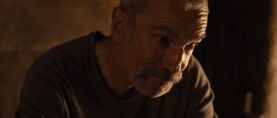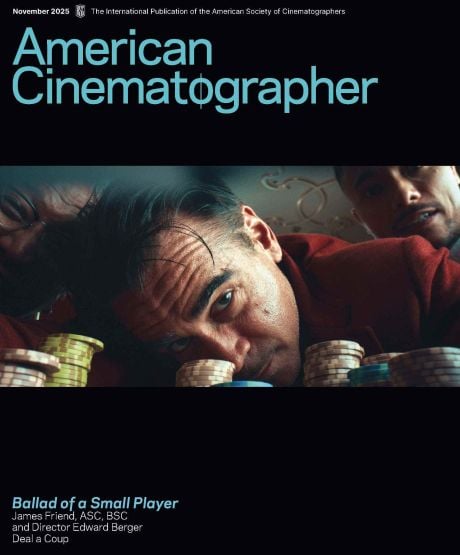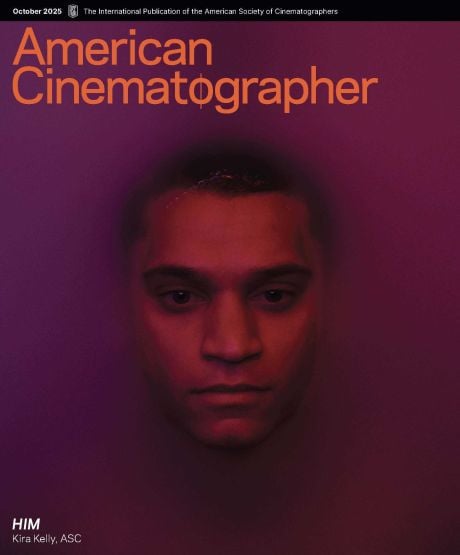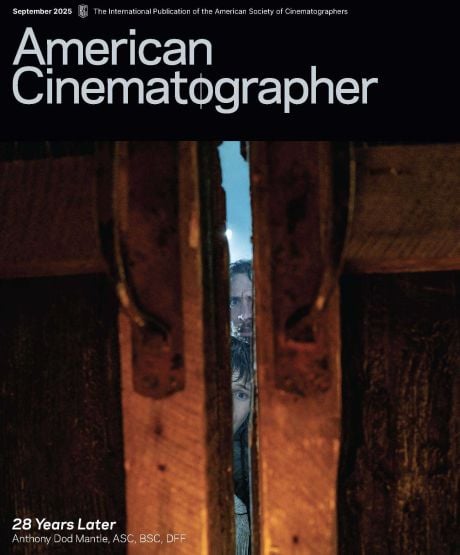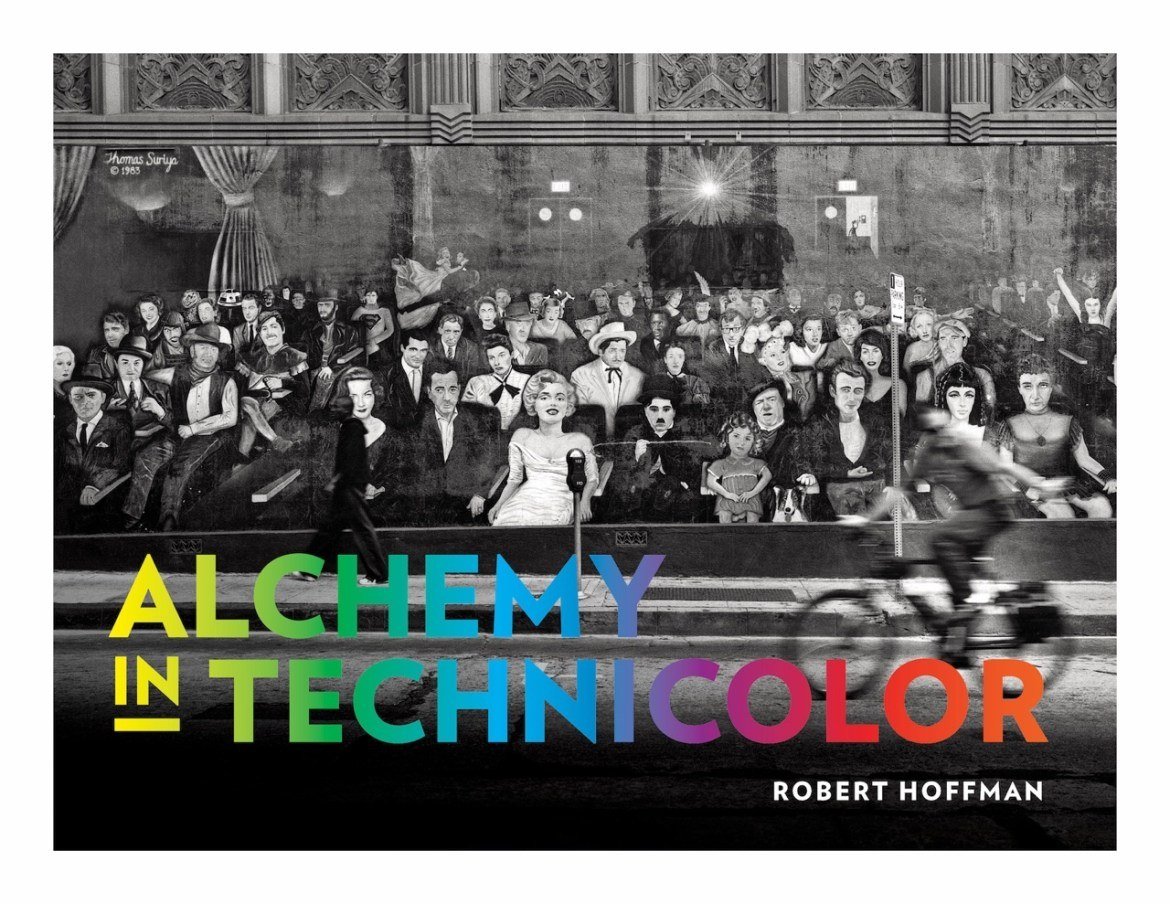
Book Review: Alchemy in Technicolor
ASC associate member Robert Hoffman's new book offers a vivid chronicling of Technicolor's impact on cinematic art, craft and history.
I was fortunate to start working for Technicolor at a period shortly after the 1970s demise of Dye Transfer. Much of Technicolor’s legacy was still in evidence through lab technicians that had worked on the dye-transfer process and even some who had worked on the three-strip cameras. In fact, when I started in 1979, the division I worked for was still called “The Camera Department.”
That division was responsible for overseeing principal photography for feature films (and some television) and supported productions all the way to answer print.
It was a rich experience collaborating with many individuals who shared their experiences with me about what it was like working at Technicolor, from the three-strip camera days all the way through to the period, when the company was adapting to a world with Eastman color negatives shot by any camera, yet still using dye-transfer printing.
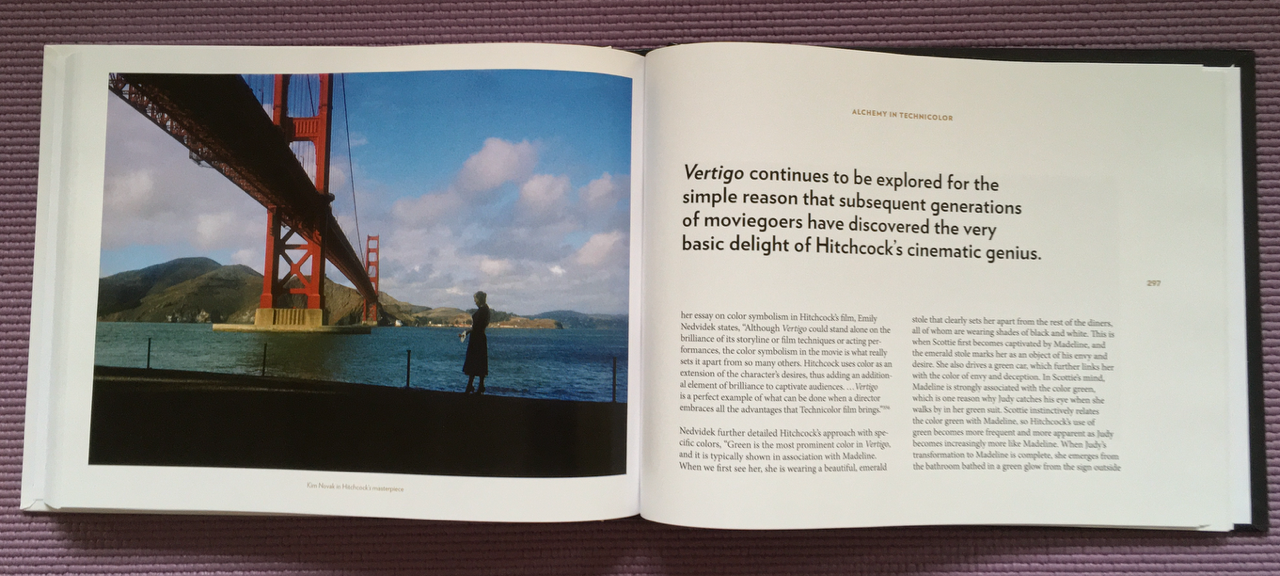
With his new book Alchemy in Technicolor, ASC associate member Robert Hoffman helps the reader appreciate how this magical three-color process was achieved at a time when full-color photography effectively didn't exist. Color photos that appeared in magazines were always hand-tinted; when it came to cinema, photography and snapshots, it was a black-and-white world. Bob also underscores how much Dr. Herbert Kalmus and his team cared about realizing what the filmmakers wanted; they were not just delivering saturated colors without any care for the intent of the story.
In my wildest dreams, I never thought I would find such a detailed and thorough accounting of behind-the-scenes Technicolor, going back to the beginnings with Kalmus, Joseph A. “Judd” Ball, Leonard T. Troland and the other world-class scientists and engineers who brought full-color cinema to the screen.
Alchemy is a beautiful book, too, with wonderfully reproduced images of those involved with Technicolor and stills from the many motion pictures discussed.
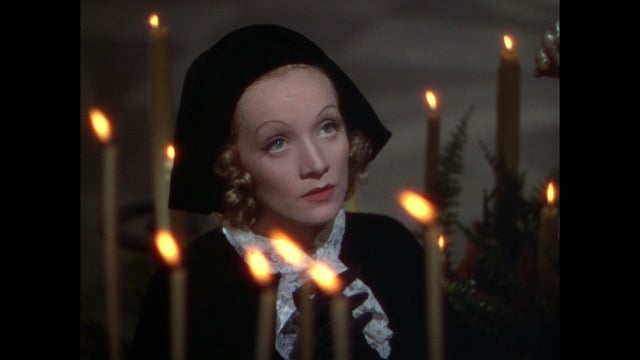
Hoffman tells the stories with such riveting detail that I couldn’t put the book down! I was learning things I had never known, and the details are presented in a remarkably compelling and fascinating fashion.
This book is a treasure. If you are at all interested in learning how the scientists assembled by Kalmus were able to realize full-color cinematography from whole cloth, and how those scientists managed a decades-long relationship with Kodak, a critical supplier of some components of the dye-transfer process itself, you will find this a compelling read.
It's tempting to share some of seminal nuggets of knowledge I gained while reading Hoffman’s book, but I don’t want to rob readers of the pleasure that can be had in discovering these valuable insights on their own.
A gift to the history of cinema, this book will serve as a reference for future students wanting to understand the internal politics, the jockeying with the studios, and the heavy engineering it took to make Technicolor a reality.
Rob Hummel is the president of Group47 and an ASC associate member. He edited the 8th edition of the American Cinematographer Manual, co-edited the 11th edition and has held executive positions at Disney, DreamWorks, Warner Bros., Sony and Technicolor.
For more on Alchemy in Technicolor, visit the Movie Alchemy website.
